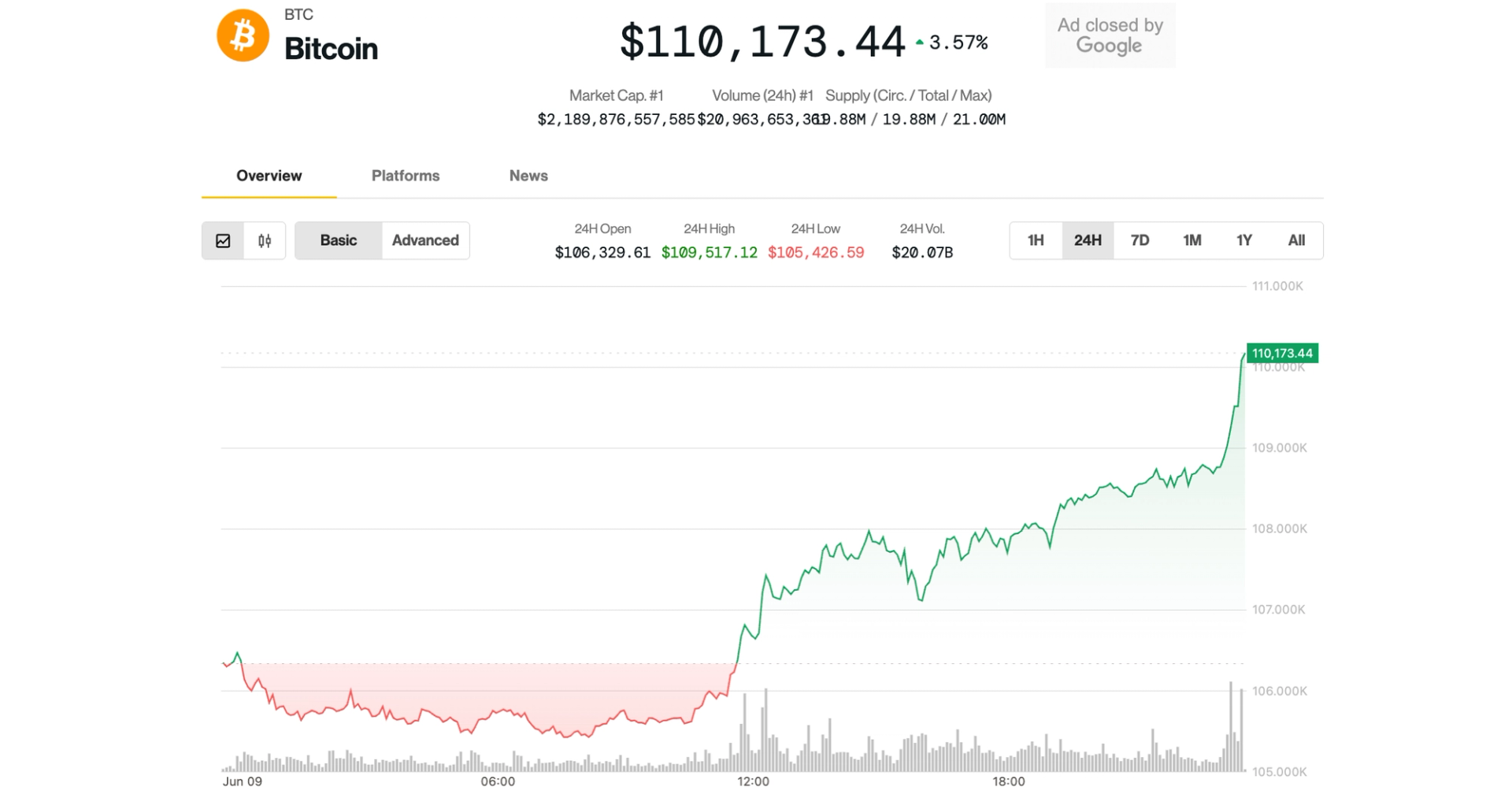
Since its introduction, the NVIDIA Hopper architecture has transformed the AI and high-performance computing (HPC) landscape, helping enterprises, researchers and developers tackle the world’s most complex challenges with higher performance and greater energy efficiency.
During the Supercomputing 2024 conference, NVIDIA announced the availability of the NVIDIA H200 NVL PCIe GPU — the latest addition to the Hopper family. H200 NVL is ideal for organizations with data centers looking for lower-power, air-cooled enterprise rack designs with flexible configurations to deliver acceleration for every AI and HPC workload, regardless of size.
According to a recent survey, roughly 70% of enterprise racks are 20kW and below and use air cooling. This makes PCIe GPUs essential, as they provide granularity of node deployment, whether using one, two, four or eight GPUs — enabling data centers to pack more computing power into smaller spaces. Companies can then use their existing racks and select the number of GPUs that best suits their needs.
Enterprises can use H200 NVL to accelerate AI and HPC applications, while also improving energy efficiency through reduced power consumption. With a 1.5x memory increase and 1.2x bandwidth increase over NVIDIA H100 NVL, companies can use H200 NVL to fine-tune LLMs within a few hours and deliver up to 1.7x faster inference performance. For HPC workloads, performance is boosted up to 1.3x over H100 NVL and 2.5x over the NVIDIA Ampere architecture generation.
Complementing the raw power of the H200 NVL is NVIDIA NVLink technology. The latest generation of NVLink provides GPU-to-GPU communication 7x faster than fifth-generation PCIe — delivering higher performance to meet the needs of HPC, large language model inference and fine-tuning.
The NVIDIA H200 NVL is paired with powerful software tools that enable enterprises to accelerate applications from AI to HPC. It comes with a five-year subscription for NVIDIA AI Enterprise, a cloud-native software platform for the development and deployment of production AI. NVIDIA AI Enterprise includes NVIDIA NIM microservices for the secure, reliable deployment of high-performance AI model inference.
Companies Tapping Into Power of H200 NVL
With H200 NVL, NVIDIA provides enterprises with a full-stack platform to develop and deploy their AI and HPC workloads.
Customers are seeing significant impact for multiple AI and HPC use cases across industries, such as visual AI agents and chatbots for customer service, trading algorithms for finance, medical imaging for improved anomaly detection in healthcare, pattern recognition for manufacturing, and seismic imaging for federal science organizations.
Dropbox is harnessing NVIDIA accelerated computing for its services and infrastructure.
“Dropbox handles large amounts of content, requiring advanced AI and machine learning capabilities,” said Ali Zafar, VP of Infrastructure at Dropbox. “We’re exploring H200 NVL to continually improve our services and bring more value to our customers.”
The University of New Mexico has been using NVIDIA accelerated computing in various research and academic applications.
“As a public research university, our commitment to AI enables the university to be on the forefront of scientific and technological advancements,” said Prof. Patrick Bridges, director of the UNM Center for Advanced Research Computing. “As we shift to H200 NVL, we’ll be able to accelerate a variety of applications, including data science initiatives, bioinformatics and genomics research, physics and astronomy simulations, climate modeling and more.”
H200 NVL Available Across Ecosystem
Dell Technologies, Hewlett Packard Enterprise, Lenovo and Supermicro are expected to deliver a wide range of configurations supporting H200 NVL.
Additionally, H200 NVL will be available in platforms from Aivres, ASRock Rack, ASUS, GIGABYTE, Ingrasys, Inventec, MSI, Pegatron, QCT, Wistron and Wiwynn.
Some systems are based on the NVIDIA MGX modular architecture, which enables computer makers to quickly and cost-effectively build a vast array of data center infrastructure designs.
Platforms with H200 NVL will be available from NVIDIA’s global systems partners beginning in December. To complement availability from leading global partners, NVIDIA is also developing an Enterprise Reference Architecture for H200 NVL systems.
The reference architecture will incorporate NVIDIA’s expertise and design principles, so partners and customers can design and deploy high-performance AI infrastructure based on H200 NVL at scale. This includes full-stack hardware and software recommendations, with detailed guidance on optimal server, cluster and network configurations. Networking is optimized for the highest performance with the NVIDIA Spectrum-X Ethernet platform.
NVIDIA technologies will be showcased on the showroom floor at SC24, taking place at the Georgia World Congress Center through Nov. 22. To learn more, watch NVIDIA’s special address.
See notice regarding software product information.






